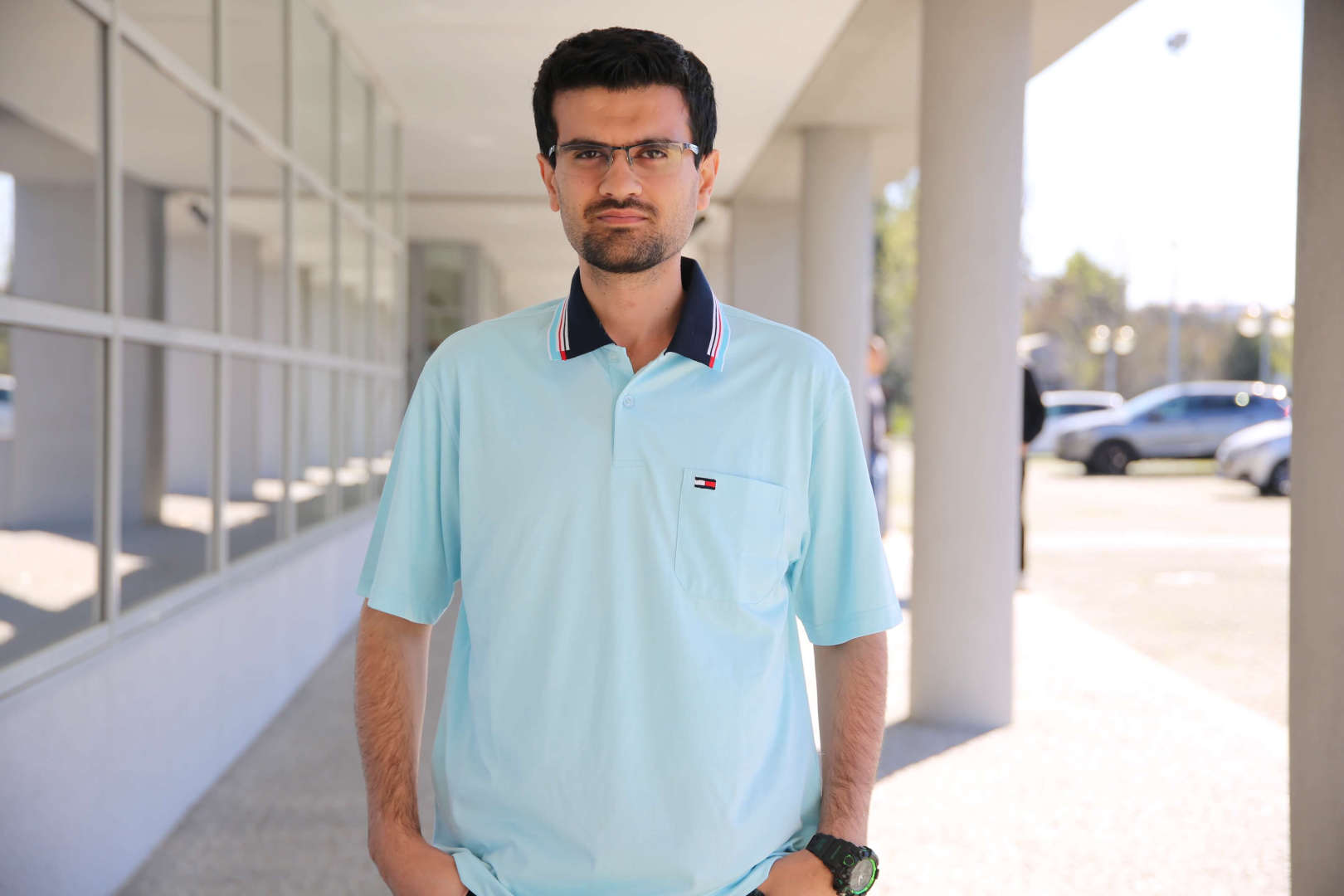About
I got my PhD in Sustainable Energy Systems from the Faculty of Engineering of the University of Porto in 2024. In 2022; I had the opportunity to visit the Laboratory for Information and Decision Systems (LIDS) at the Massachusetts Institute of Technology (MIT), MA, USA.
I received my MSc in Electrical Engineering - Power Systems and my BSc in Electrical Engineering - Control from the Faculty of Electrical and Computer Engineering at the University of Tabriz, Tabriz, Iran, in 2017 and 2015, respectively. Additionally, in 2019, I obtained the equivalent of an Integrated Master's Degree in Electrical and Computer Engineering from the University of Porto.
My current interests are Sustainable Energy Systems, Resiliency of the Energy System, Low-Carbon Energy, Risk Management, Multi-energy Systems, and Energy Economics.
Personal Email: mv.ghavidel "at" gmail.com
My LinkedIn: https://www.linkedin.com/in/morteza-vahid-ghavidel/


